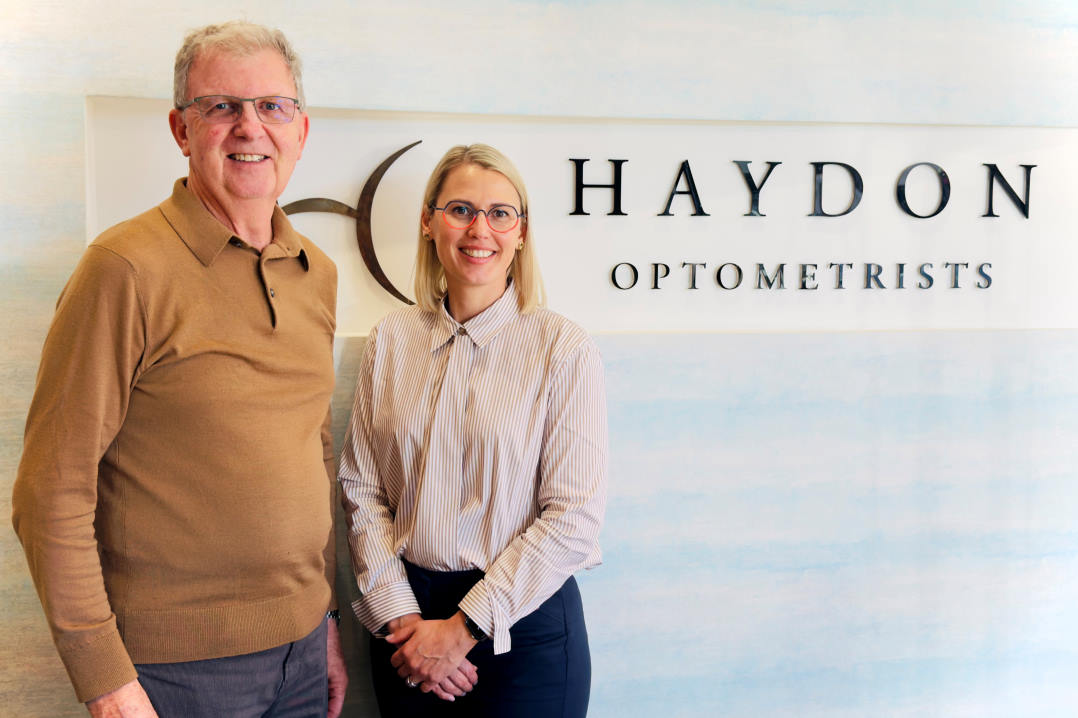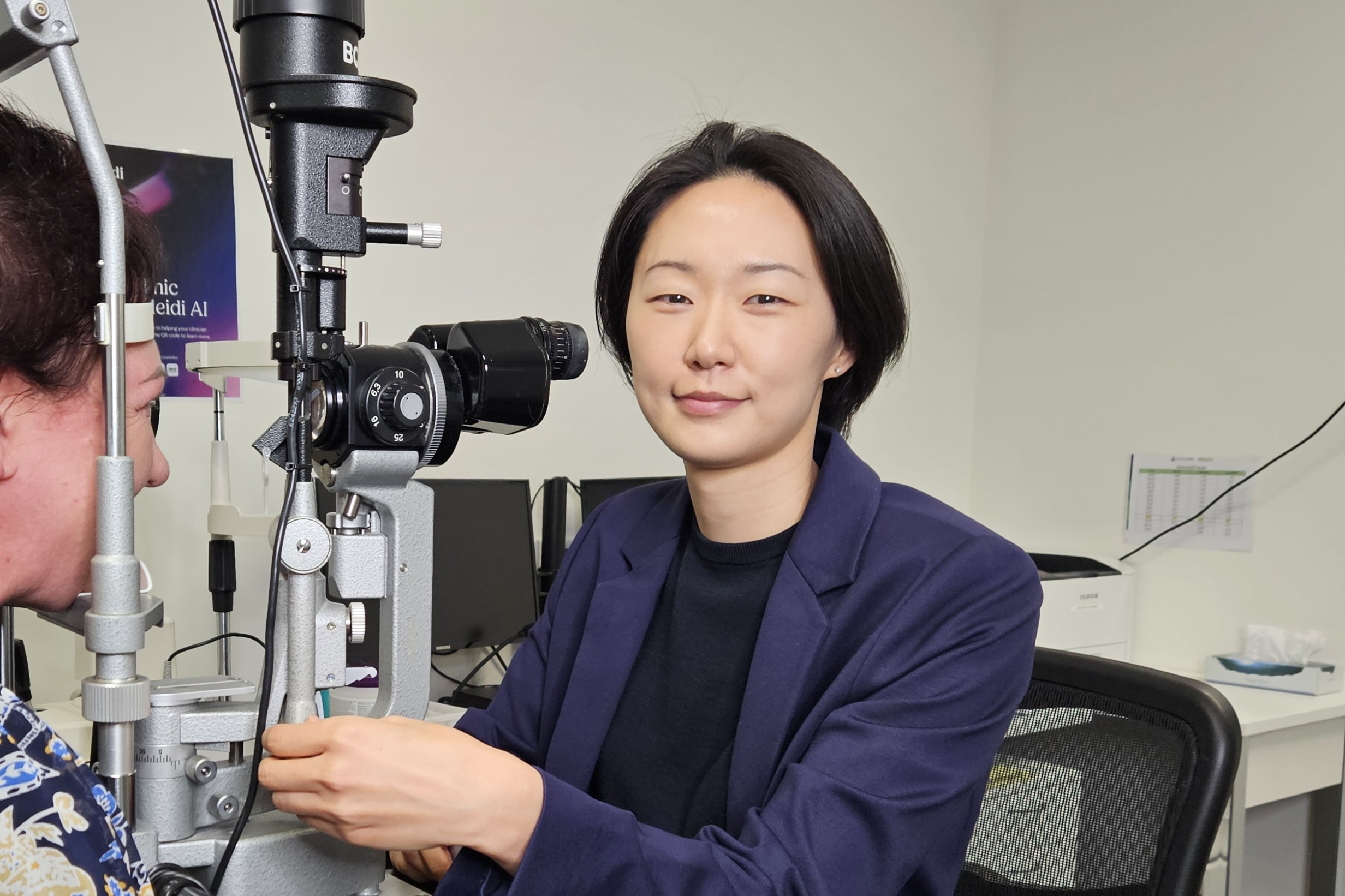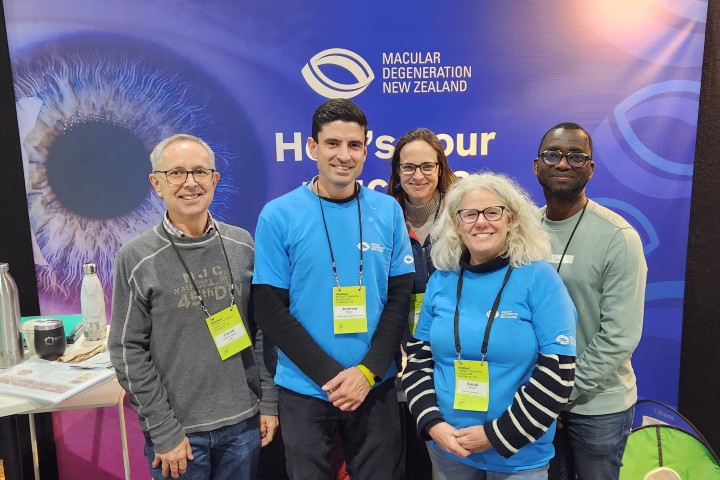Elderly have eye trouble
A study of over 700 elderly people in France showed 38.4% had an uncorrected refractive error (URE), and that among those unable to attend an outpatient clinic this figure rose to nearly 50%. There was little difference in prevalence among participants with or without eye disease.
The study, published in JAMA Ophthalmology, concluded that although easily correctable, the prevalence of uncorrected refractive error is high in this older population and that specific groups, including those unable to attend an outpatient clinic, could be targeted for preventive actions.
The population-based cross-sectional analysis included 707 adults 78 years or older from Bordeaux, France. Uncorrected refractive error was defined as the presenting distance visual acuity in the better-seeing eye improved by at least 5 letters on the Early Treatment Diabetic Retinopathy Study chart (≥1 line on the logMAR chart) using the best-achieved optical correction. Multivariate logistic regressions were used to determine the factors associated with URE.
Having an eye examination performed at home (odds ratio [OR], 1.64; 95% CI, 1.13-2.37), living alone (OR, 0.65; 95% CI, 0.47-0.90), and having the perceptions that the ophthalmologist consultation fees are too expensive (OR, 1.94; 95% CI, 1.12-3.36) and that declining visual acuity is normal with aging (OR, 1.47; 95% CI, 1.04-2.08) were all associated with URE.
Researchers suggest that preventive strategies aimed at enhancing optical correction could be directed to all older adults and to specific groups by implementing at-home eye examinations for those who have difficulties attending an outpatient clinic and by focusing on those with eye disease who probably already have a regular ophthalmologic follow-up. They said more studies are needed to evaluate prevalence of URE in different populations and countries with various eye care systems.






















